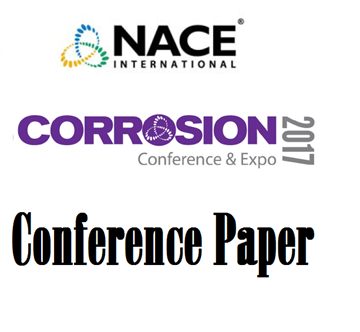Search
96632 IN-SITU CORROSIVITY MONITORING OF MILITARY HARDWARE ENVIRONMENTS
Also Purchased
Infrastructure Corrosion Issues and Solutions on Military Bases
Product Number:
51317--9212-SG
ISBN:
9212 2017 CP
Publication Date:
2017
$20.00
01202 ELECTROCHEMICAL MONITORING IN CORROSION PROTECTION OF POWER GENERATION PIPELINES WITH VOLATILE CORROSION INHIBITORS
Product Number:
51300-01202-SG
ISBN:
01202 2001 CP
$20.00
01561 SUCCESSFUL CORROSION PROTECTION UTILIZED BY MILITARY WORLDWIDE
Product Number:
51300-01561-SG
ISBN:
01561 2001 CP
$20.00




